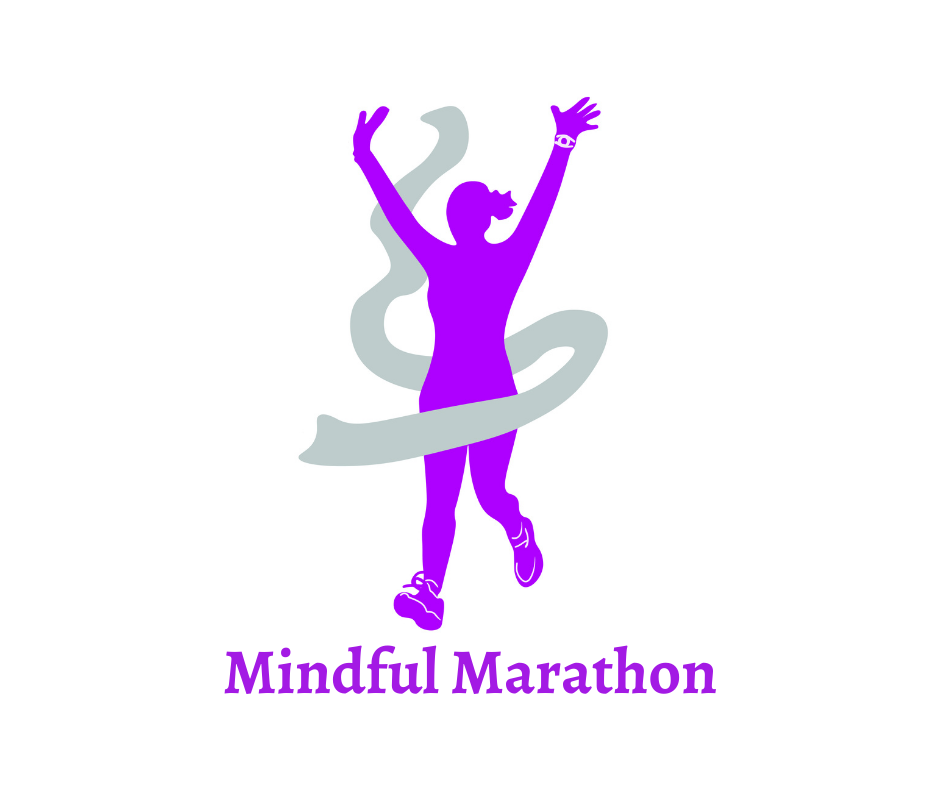Say Goodbye to Side Stitches
I hope everyone had a wonderful Thanksgiving! This week in the Mindful Marathon blog, I wanted to answer some questions that I’ve received recently about the infamous “Side Stitch” while running. Have you ever experienced this? You’re running along, and you get what feels like a cramp, often in the right side, just below the ribcage in the lower chest/upper abdomen?
Although science cannot yet tell us the exact cause of the side stitch, there are several educated guesses as to the cause and some ideas on prevention which I wanted to share. Side stitches are also known as exercise-related transient abdominal pain (ETAP). 1
A bit of anatomy: the diaphragm is a muscle, and when you breathe in and out, the diaphragm moves. Breathing in causes our lungs to expand, pressing downward on the diaphragm.
If we are breathing quickly (or huffing and puffing) while running, this may cause the diaphragm to spasm, which could be the source of the side stitch.
It seems that beginner runners may experience the side stitch more commonly - perhaps due to the tendency to run too quickly when starting out, which leads to that huffing and puffing we talked about above. As we learn to slow down and find our easy pace, this should prevent labored breathing and therefore, less spasming of the diaphragm.
Jack Daniels, PhD, exercise physiologist and running coach, discusses breathing rhythms while running and recommends a 2-2 rhythm (breathe in for 2 steps, then breathe out for 2 steps). This 2-2 rhythm can be used in both training and racing. 2 It requires some concentration to focus on your breathing at first, but soon it will become second nature. Preventing shallow breathing may prevent the side stitch.
Another possible cause of side stitches may be related to a full stomach. Perhaps we ate before our run, and by filling the stomach, the diaphragm is then pulled down, causing it to spasm. It may be worthwhile to experiment with running first thing in the morning, before any breakfast is on board, or, try to run 2+ hours post-meal.
Here are some things that have worked for me when I've had a side stitch. First, it helps when I slow my pace and/or walk. I take some slow, deep breaths. I also try bending over forward and continuing those slow, deep breaths. In addition, I try a side stretch where I raise my arms skyward and lean to one side, continuing to take deep breaths as I stretch, and then repeat to the opposite side.3
As always, if you have issues, you should check with your primary care doctor, especially if you experience a side stitch that does not improve after slowing down and/or walking, or if you have any pain that is extending from a side stitch into your chest or shoulder.
References:
1 Eichner, E. Randy MD. Stitch in the Side: Causes, Workup and Solutions. Current Sports Medicine Reports, 2006.
2 Daniels, Jack, PhD. Daniels’ Running Formula. 3rd ed., Human Kinetics, 2014.
3 Morton, D P and Callister, R. Exercise-Related Transient Abdominal Pain (ETAP). Sports Medicine, 2015.

